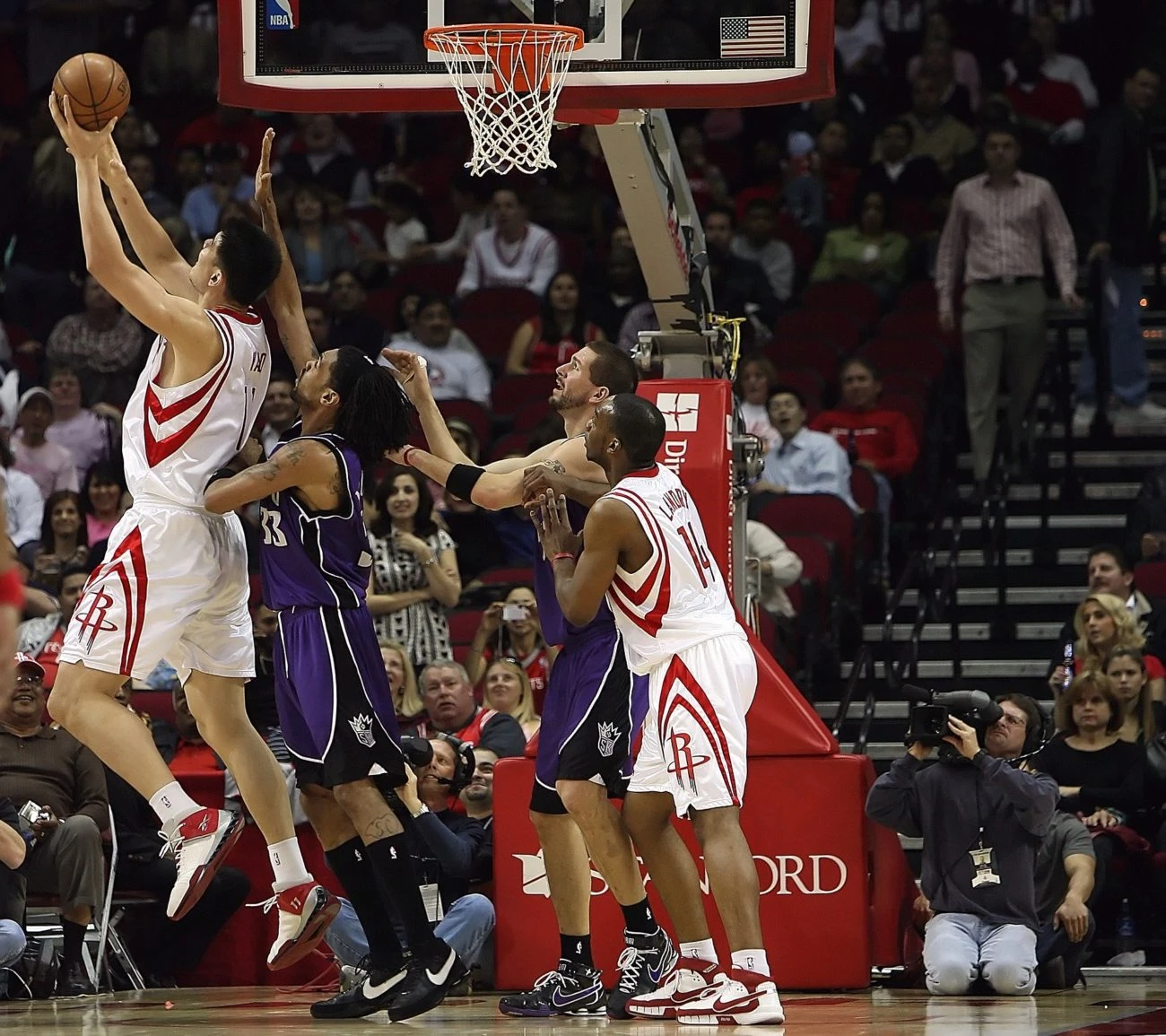How global bookmakers offer US sports

As the National Basketball Association (NBA) playoffs continue, Bookies Matrix examines how global operators price and present the sport to their customer base.
After launching the Bookies Matrix service in July this year with an analysis piece on European soccer, we received multiple requests for a similar dive into US sports, and how global operators offer that product to their customers. Therefore, our article this month focuses on the NBA playoffs, taking a look at the differing margins and market sets offered on one of America’s most popular sports.
Using data from NBA playoff games collected over the period 21 to 24 August, we calculated the ‘overround’ (see note at the bottom of the article) for key betting markets across all bookmakers in our database – 977 unique sites offer betting on the NBA, ranging across 98 jurisdictions.
The table below groups the results by country and displays the average overround for the main handicap/spread market, the average overround for the main player total points markets, as well as the highest and lowest overrounds within each region.
Similar to our soccer analysis, across all regions, we see a trend of monopolies sitting on the right-hand side of the charts (higher margins) – this is most clearly demonstrated on the “Americas” tab.
Across nearly every country, we see a clear difference between overrounds on the main handicap/spread market and player props markets. Omer Dor, co-founder, and CEO of Sports IQ Analytics, provided an explanation as to why this is the case.
“The three main betting markets: the money line, spread and totals, have traditionally been those that have been the most visible to consumers,” he explained. “These three markets are the ones listed on the front pages of websites and on digital boards in Vegas casinos. So it makes sense that these are the markets where the vast majority of staking has historically come from, and therefore the ones on which bookmakers have been most aware of their competitive position.
“While that might not change, there are interesting trends in the US that are developing. As consumer education around sportsbetting grows and more states introduce legislation to legalise the activity, there is increased adoption among non-traditional sports bettors,” he continued. “And the appetite of these new consumers is different. They want to interact with sports betting in a way that would be an extension to their sports entertainment activity. One of the main ways we’re seeing that come to fruition is with a demand for player prop markets.”
Therefore, given this shifting consumer appetite, coupled with the now high accuracy of these lines, we expect to see the margins taken on player markets to converge to those on the historically popular team versions.
The chart below adds in the number of markets offered by the bookmakers in our sample in order to show an overall competitive comparison. Note, we count all individual market instances including every ‘alternative line’ separately.
The variance seen in overrounds in North America (mostly US) and Oceania (mostly Australia) is low, with most sitting around 1.035 to 1.045. We do however see much higher variance in the number of markets offered.
Our African data shows generally higher positioned overrounds but lower variance in markets offered. The European data shows a number of ‘high margin-low markets’ and ‘low margin-high markets’ operators, however the vast majority fall within the 1.04 to 1.08 margin range with fewer than 200 markets each.
The reason for the higher variance in number of markets in Australia and the US than elsewhere in the world is indeed driven by the availability of player props. In effect, there is a limit on the number of team related markets possible, any firm that offers more than this limit, is likely also offering player markets, as that limit is much higher.
Omer Dor told us: “for every single player, we calculate the centre line and multiple alternative lines on either side.
“We do this for a wide range of market types and across different periods. Theoretically, we could support a few thousand unique lines per match before we even consider player combinations. However, this is of course limited by how these markets can be presented to consumers. With that in mind, I would say that it’s not just about having the breadth of product scope, but the right building blocks to being able to create engaging betting products.”
The following chart shows the proportion of bookmakers offering NBA betting within each jurisdiction which have player prop markets available.
Unsurprisingly, the U.S. tops this list, with European countries where basketball is a popular sport, following soon after.
Digging a little deeper into exactly what is offered however, shows an interesting regional trend. The chart below shows the proportion of markets in each region that are within the most popular ‘metrics’ of player ‘points’, ‘assists’ or ‘rebounds’; those that allow a combination of those metrics for a single player; or those that are for a different metric such as ‘blocks’, ‘steals’, ‘3-pointers’, ‘field goals’.
The more mature markets of Oceania (Australia) and North America (U.S.) have a lower proportion of the three core metric markets (points, assists, rebounds) than within other regions, which may demonstrate consumer appetite for more and more betting options in these regions – a trend that we would expect to follow elsewhere.
Finally of note, we were a little surprised by the absence of basketball bet builder (or same game multi/parlays) offered across the world. Given the popularity of the equivalent product for soccer, the clear and growing demand for a wide range of betting ‘metrics’ within basketball, and the continued need for product differentiation across many regions, we would expect this solution to be a clear one. In our overall sample, just under 5% of brands offered this product.
In order to access any of the data discussed in this article, please don't hestitate to get in touch.
Calculating an overround
To offer a refresh, the overround is calculated as the sum of the inverses of the decimal prices for each selection within a market.
For example, given the money line market – 1.50 Dallas Cowboys vs. 2.50 New York Giants, the overround of this market is calculated as:
1 / 1.50 + 1 / 2.50 = 0.667 + 0.400 = 1.067
The overround is the standard industry measure of how much ‘margin’ is applied to sportsbetting markets – the higher the number, the higher the margin, where 1.00 represents no margin.
Note, the overround is not the same as ‘expected’ or ‘achieved’ margin. It is a measure of how much a bookmaker would expect to take in stakes in order to expect to pay out one unit.
Bookies Matrix is a recently launched research portal including a directory of all licensed sports betting operators in the world, providing a range of information about each brand including their licenses held, their relative size in each jurisdiction, their platform, data, odds, streaming, virtuals providers, plus details of their products, including sports and margins offered.
The service updates continuously with changes such as new market entrants, lapsed licenses, product launches, as well as when new jurisdictions move online.
As well as providing clients with access to data and analysis, Bookies Matrix will take requests for specific research projects that are relevant to individual clients.
Sports IQ Analytics is a leading provider of odds feeds for the US sports betting industry. Founded by industry veterans, the company delivers the highest accuracy lines for pre-match and in-game markets. From innovative trading controls, pre-match and in-game player props, and more, Sports IQ delivers customised solutions to each of its global partners.
